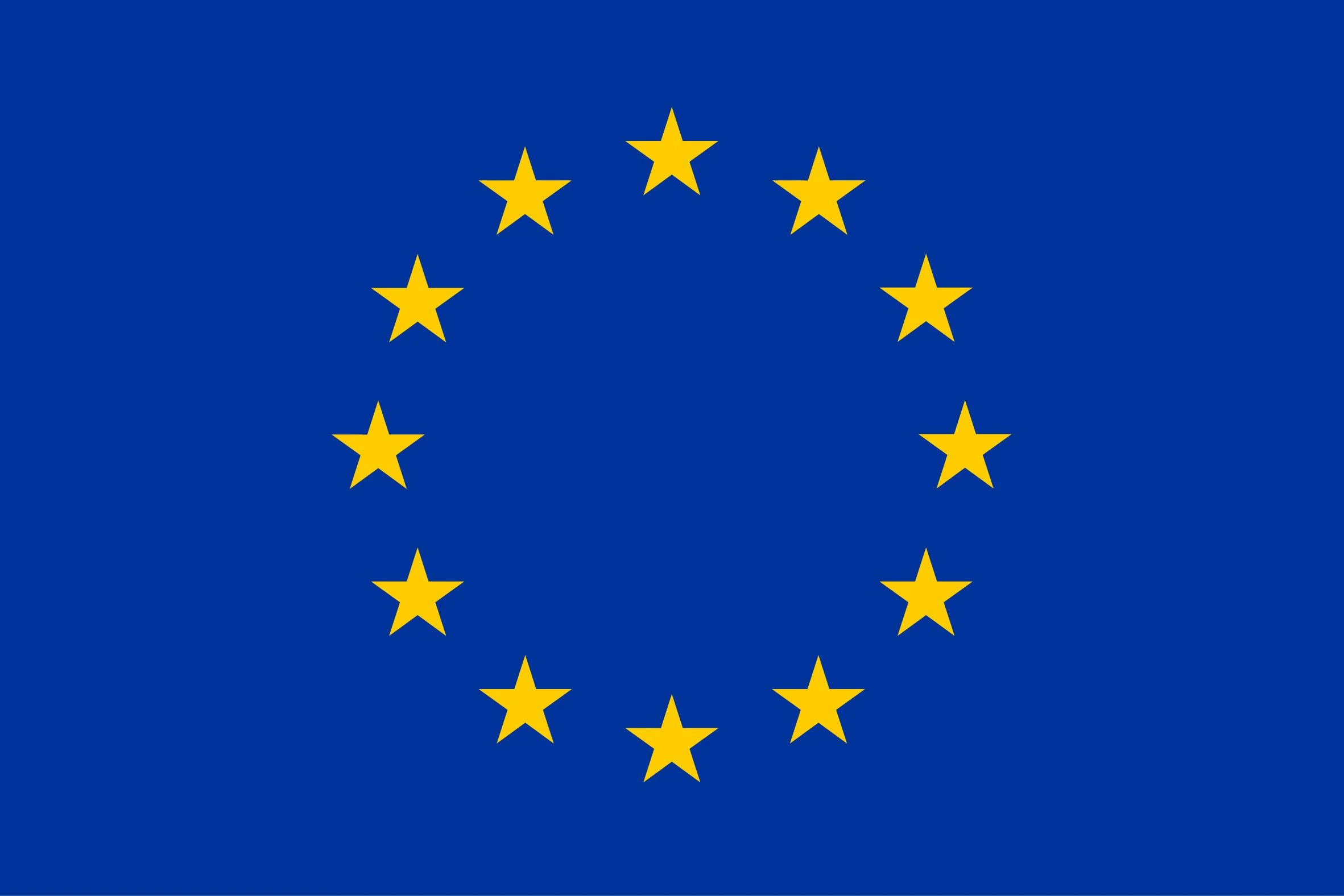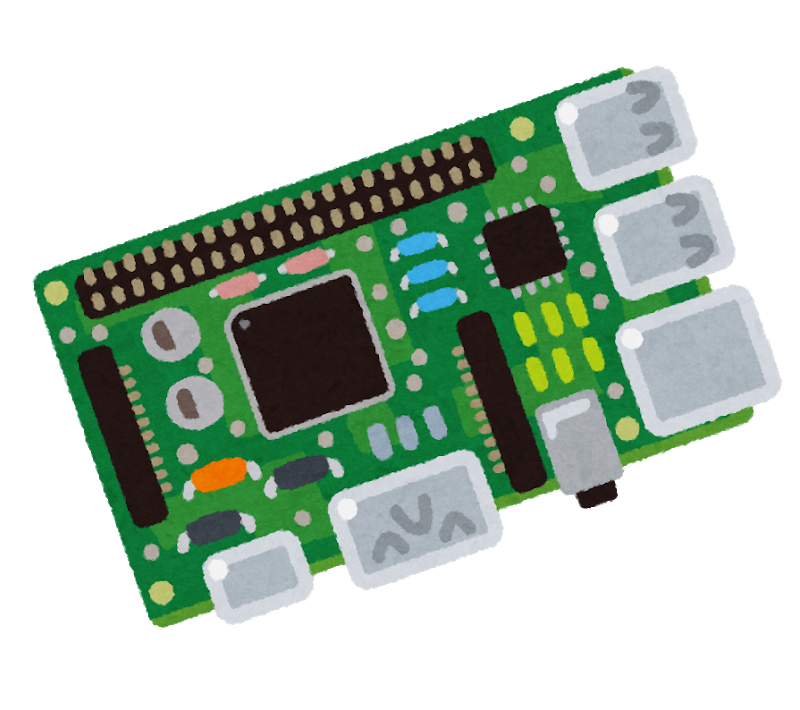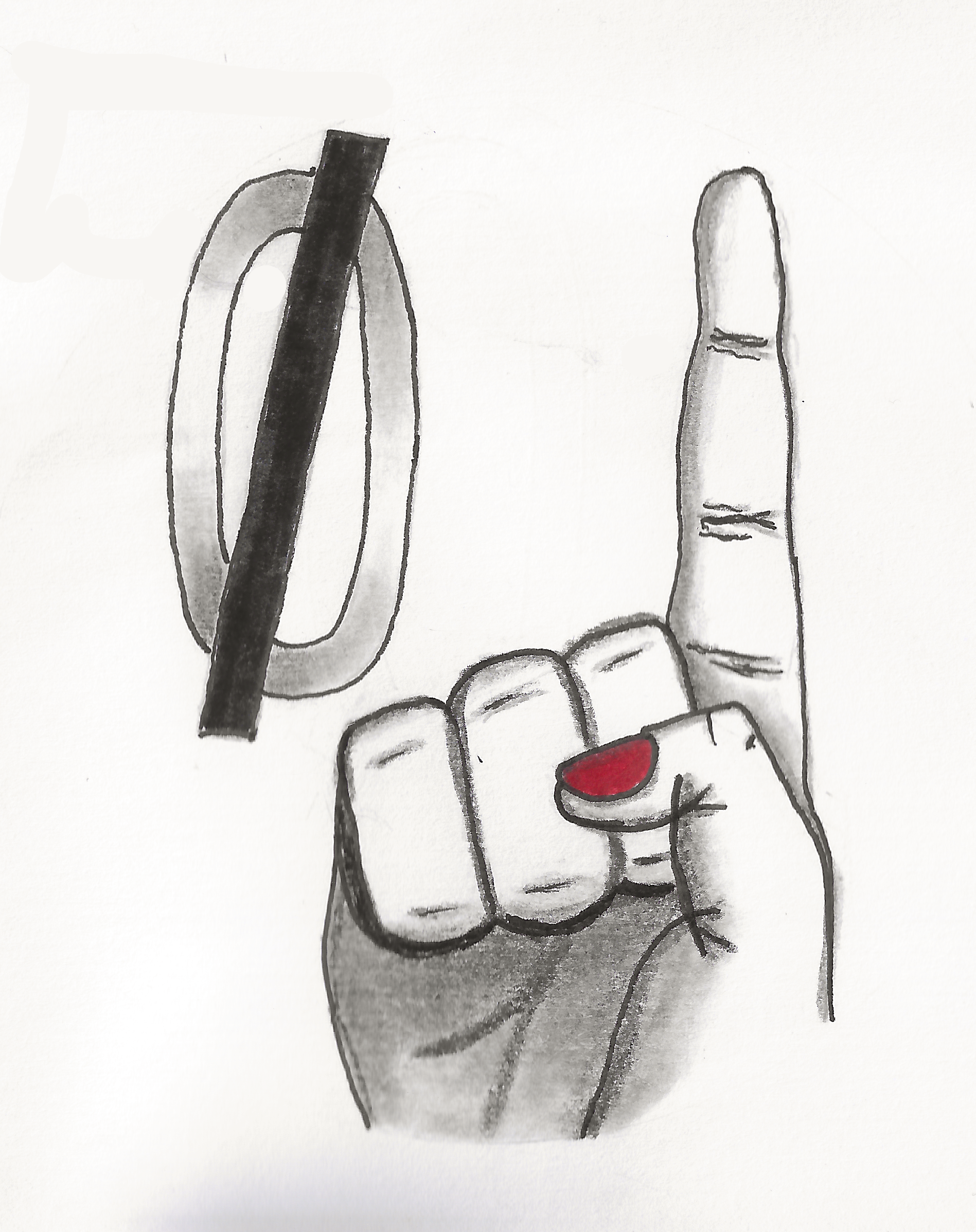Probably ~15 years ago I knew a guy who used to help run a large local forum, one day without warning they got cut off entirely by Google because they decided some of their content wasn’t suitable to run ads against, so that was it the entire site got blocked.
Ended up having to break the site into 2 separate domains, one advertiser friendly, and one they wouldn’t touch.














Did he try to buy something off United Nuclear maybe?
https://unitednuclear.com/uranium-ore-c-2_4/uranium-ore-fragments-p-782.html
Edit: Read the headline 4 times and somehow missed “plutonium” bah